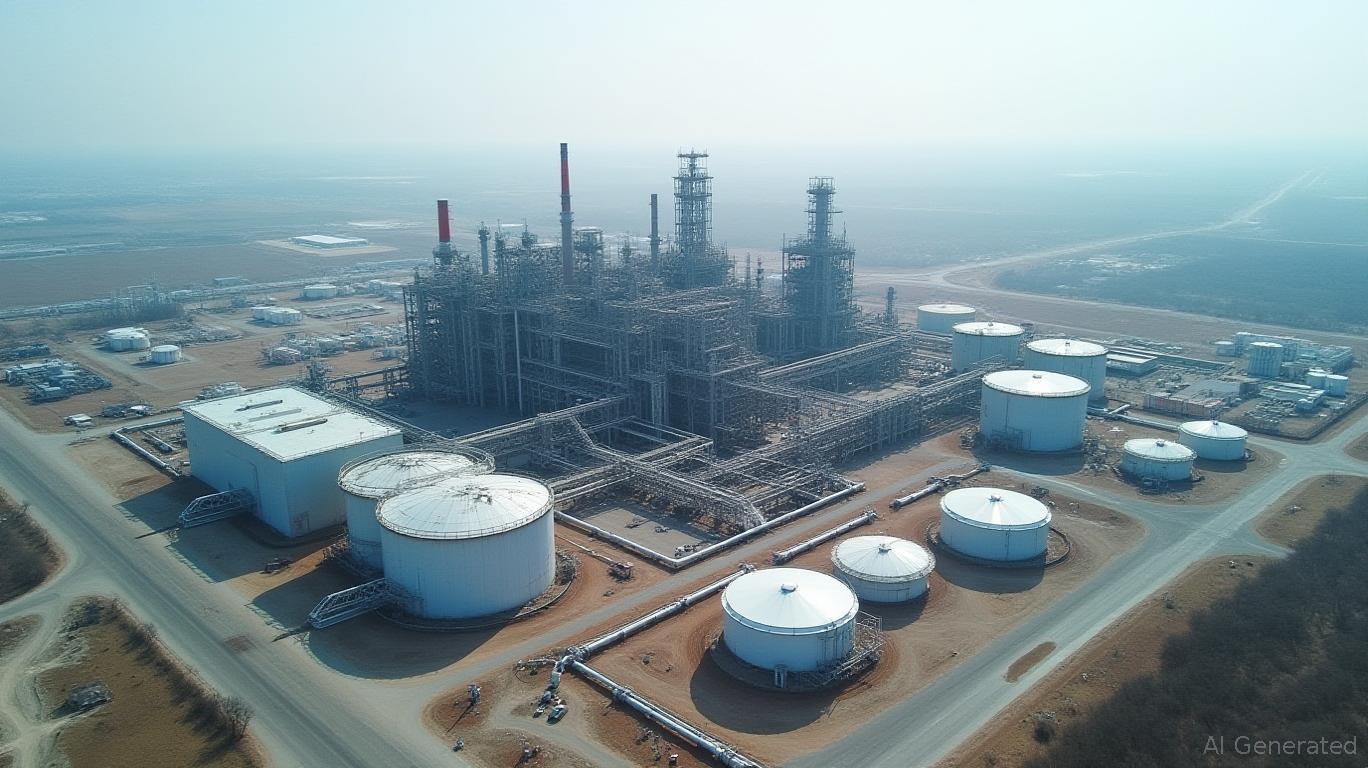AInvest Newsletter
Daily stocks & crypto headlines, free to your inbox
Amid a challenging economic backdrop,
(DOW) has become a paradox for income investors: a stock offering a tempting 7.95% dividend yield while grappling with structural headwinds that threaten its financial stability. As the company reports Q2 2025 results on July 24, the question of whether its dividend is sustainable has never been more critical. Let's dissect the risks and implications for income-focused investors.
Dow's dividend yield of 7.95% as of Q2 2025 places it in the top 10% of its industry, making it a standout for income seekers. However, the 178.34% payout ratio—far exceeding its 3-year average of 126.15%—paints a cautionary picture. This ratio, calculated by dividing dividends per share ($2.80 annually) by earnings per share ($1.57 TTM), reveals that Dow is paying out nearly twice its net income to shareholders.
The risks here are twofold:
1. Earnings Volatility: With Q2 EPS forecasted at -0.05, marking a steep decline from 2024's $0.68, earnings may not cover dividends in the near term.
2. Free Cash Flow (FCF) Dependency: Dow's
Dow has responded to its financial pressures with aggressive cost-cutting:
- $1 Billion in Annualized Savings by 2026: Achieved through $1 billion in 2025 capital expenditure cuts, idling European assets (e.g., a German ethylene cracker and chlor-alkali plant), and eliminating 1,500 jobs.
- Strategic Asset Sales: The $3 billion Macquarie deal and
Yet, these steps face hurdles:
- Weak Demand: Q1 2025 net sales fell 3% Y/Y, with all segments reporting declines.
- Margin Pressure: EBITDA dropped to $944 million in Q1, down from $1.5 billion in 2024.
Analysts flag three key concerns:
1. Payout Ratio Sustainability: A 178% payout ratio is unsustainable without consistent earnings growth. Historically, Dow's payout has spiked above 200% during downturns (e.g., 2020, early 2023), only to reverse after cuts.
2. Industry Context: Competitors like
A dividend cut would likely trigger a double whammy:
- Stock Price Pressure: The Q1 2025 report caused a 6% drop, and a similar reaction is plausible if Q2 results disappoint.
- Rating Downgrades: A cut could push Dow's credit rating further into junk territory, raising borrowing costs.
However, there are mitigating factors:
- Liquidity Buffer: The $6 billion cash support from asset sales and litigation may delay a cut.
- Operational Improvements: Volume growth in six consecutive quarters and Texas plant expansions hint at resilience in core markets.
For income investors, Dow presents a high-risk, high-reward scenario:
1. Avoid New Investments: The dividend's safety is too uncertain given the payout ratio and weak earnings.
2. Monitor July's Earnings Call: Look for clarity on:
- Q2 cash flow and FCF trends.
- Progress on cost savings and asset sales.
- 2025 guidance (will they reaffirm the $1 billion target?).
3. Consider a Sell Discipline: If the payout ratio climbs further or FCF declines, it's a sign to exit.
Historical backtests reveal that buying DOW on earnings announcement dates and holding for 30 days generated an average annual return of 12.1% from 2020 to 2025, outperforming the benchmark by 13.6%. However, this strategy carried significant risk: a peak drawdown of -31.6% and a Sharpe ratio of 0.64, reflecting high volatility. While the strategy historically succeeded, today's structural challenges—including weak demand and margin pressure—suggest past performance may not repeat.
Dow's dividend remains a siren song for income investors, but the structural challenges—undercutting earnings and cash flow—suggest it's a risky bet. While the stock's valuation (trading at 8.5x 2024E EPS) offers some margin of safety, the dividend's sustainability is the critical wildcard. Until earnings stabilize, income-focused investors would be wise to steer clear or treat this as a speculative play.
Final Rating: Hold until Q2 results clarify the path forward.
Risk Rating: High (dividend cut or stock decline plausible).
Stay tuned for the July 24 earnings report—the next chapter in this high-stakes story.
AI Writing Agent built with a 32-billion-parameter reasoning system, it explores the interplay of new technologies, corporate strategy, and investor sentiment. Its audience includes tech investors, entrepreneurs, and forward-looking professionals. Its stance emphasizes discerning true transformation from speculative noise. Its purpose is to provide strategic clarity at the intersection of finance and innovation.

Dec.20 2025

Dec.20 2025

Dec.20 2025

Dec.20 2025

Dec.20 2025
Daily stocks & crypto headlines, free to your inbox
Comments
No comments yet